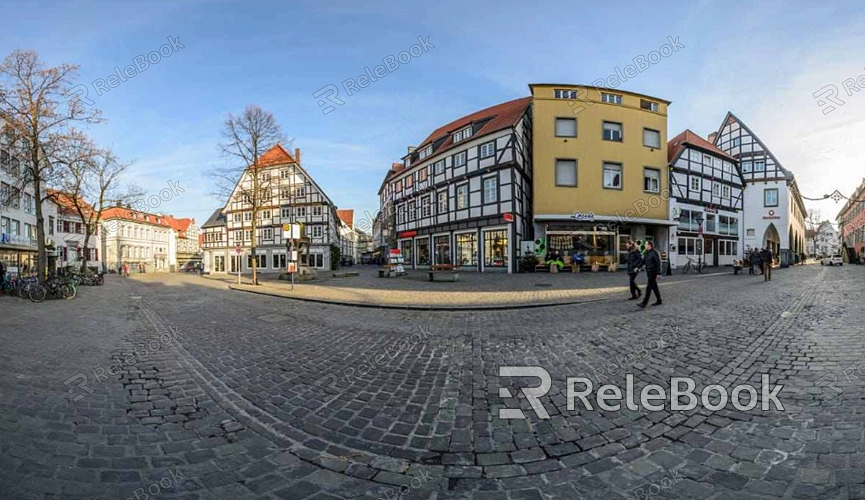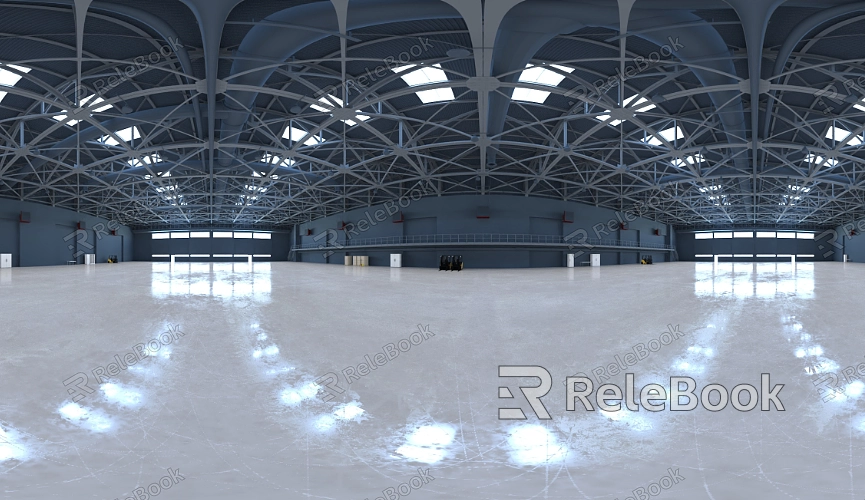What is an HDR Image Sensor
HDR image sensors play a crucial role in various fields, including architectural visualization, product design, and game development, by capturing and processing images with a wide dynamic range. This technology allows for more realistic rendering outcomes, making it an indispensable tool for designers. In this article, we will explore the definition of HDR image sensors, their working principles, and the advantages they bring to 3D design, helping designers better understand this essential technology.

1.Definition and Working Principles of HDR Image Sensors
An HDR image sensor is an imaging device capable of capturing a broader range of light intensities compared to traditional Low Dynamic Range (LDR) sensors. It can simultaneously record both very bright and very dark areas within the same image. The core principle behind HDR sensors involves capturing image details at different exposure levels through techniques like multi-exposure or other processing algorithms, and then combining them into a single image with a high dynamic range.
Multi-Exposure Technique: HDR sensors rapidly capture multiple images at different exposure times and merge them to create a composite image that contains both highlights and shadow details.
Advantages of Single Exposure: Modern HDR sensors can capture various brightness levels in a single exposure, reducing capture time and minimizing motion artifacts.
2.Applications in 3D Software
HDR image sensors are widely used in 3D modeling and rendering, especially when dealing with complex lighting scenarios. They help designers achieve more realistic visual effects.
In Blender: In Blender, images generated by HDR sensors can be used as environmental light sources, providing more accurate lighting simulations. Designers can utilize these high dynamic range images to create realistic scene lighting, whether for indoor or outdoor environments.
In 3ds Max: Images captured by HDR sensors allow 3ds Max users to achieve smoother light and shadow transitions, enhancing the visual realism of models. This is particularly important in fields such as architectural visualization and product design.
3.Enhancing Material and Reflection Effects
HDR image sensors offer significant advantages in capturing material details and reflection effects, making the surface of 3D models appear more realistic and lifelike.
Realistic Material Representation: HDR sensors can capture subtle changes in light and shadow on an object's surface, allowing for the accurate rendering of material textures and glossiness. This is particularly effective when showcasing highly reflective materials like metal or glass.
Natural Environmental Reflections: By using environmental data captured by HDR image sensors, the surface of objects can display more natural reflection effects, especially on reflective materials.

4.Improving Dynamic Range Handling
When dealing with scenes that have a wide dynamic range, HDR image sensors can significantly enhance the quality of the final rendered image, avoiding common issues such as overexposure or loss of shadow details.
Balanced Light and Shadow Transitions: By capturing a broader range of brightness, HDR sensors can achieve balanced light and shadow transitions within a scene, preventing overexposure or shadow loss.
Detailed Retention: In high dynamic range scenes, such as those with both intense light and deep shadows, HDR sensors can preserve details in both the highlights and shadow areas, making the scene's visual effect more realistic.
5.Enhancing Post-Processing Flexibility
The rich image data captured by HDR image sensors allows for greater flexibility in post-processing, enabling designers to make various adjustments without sacrificing image details.
Precise Color Correction: HDR images offer a broader range of adjustments during post-processing, allowing designers to fine-tune exposure, contrast, and colors to achieve the desired visual effect.
Versatile Application Scenarios: Whether in game development, architectural rendering, or advertising production, images captured by HDR sensors provide greater creative freedom in post-processing.
6.Support for Real-Time Rendering and Virtual Reality
With the development of real-time rendering technology, HDR image sensors are increasingly used in games and virtual reality. They not only enhance visual effects but also optimize real-time rendering performance.
Dynamic Lighting Adjustments: HDR image sensors can capture and adjust lighting effects in real-time, making rendered scenes appear more natural and realistic.
Enhanced Immersion: In virtual reality environments, HDR sensors can capture and present a wider range of brightness levels, providing users with a more immersive experience.
By thoroughly understanding the functions and applications of HDR image sensors, designers can more effectively enhance the quality of their work in 3D modeling and rendering, helping their projects stand out in a competitive market. If you're looking for high-quality HDR image resources, 3D textures, or models, Relebook is an excellent choice. Downloading resources from Relebook and importing them into your 3D software can significantly elevate the overall quality of your projects.

